June 2023
June 5, 2023
Battery Tanker
The Japanese company PowerX is building a tanker that will ship energy — not as oil, but rather as electricity stored in giant batteries. It will be shipping this electricity to islands off the coast of Japan.Why not transmit the electricity the traditional way, with wires? Because undersea cables in this region would be vulnerable to earthquakes. So the company sees a market for delivering the electricity via ships.
More info: New Atlas

Posted By: Alex - Mon Jun 05, 2023 -
Comments (0)
Category: Oceans and Maritime Pursuits, Transportation, Power Generation
Musical Composition based on Prime Numbers
Let us know how you enjoy it!An essay on the piece here.
Posted By: Paul - Mon Jun 05, 2023 -
Comments (1)
Category: Music, Science, Twenty-first Century, Cacophony, Dissonance, White Noise and Other Sonic Assaults
June 4, 2023
Jamy Verheylewegen, Underwater Artist
We've previously posted about Zarh H. Pritchard, who pioneered the art of painting underwater. A later practitioner of this subaquatic form of art was Jamy Verheylewegen who begain painting underwater in 1983.Some info from the site of photographer Christian Voulgaropoulos (with help from Google Translate):
Harnessed like a professional diver; diving suit, suit and bottles of compressed air, He descends to a depth of about ten meters to spend more than an hour, installed near a "drop-off", to transcribe, using his colored tubes, the wonders of the sea.
He has a secret process, that of depositing colors based on pigments on a prepared canvas and this, in a definitive way. The easel is held to the ground by heavy weights, otherwise the wood it is made of will cause it to rise to the surface.

Source: voulgaropoulos.com

Source: Odd and Eccentric People (Time-Life Books)
Posted By: Alex - Sun Jun 04, 2023 -
Comments (0)
Category: Art, Oceans and Maritime Pursuits
Largest Dripping Candle Known
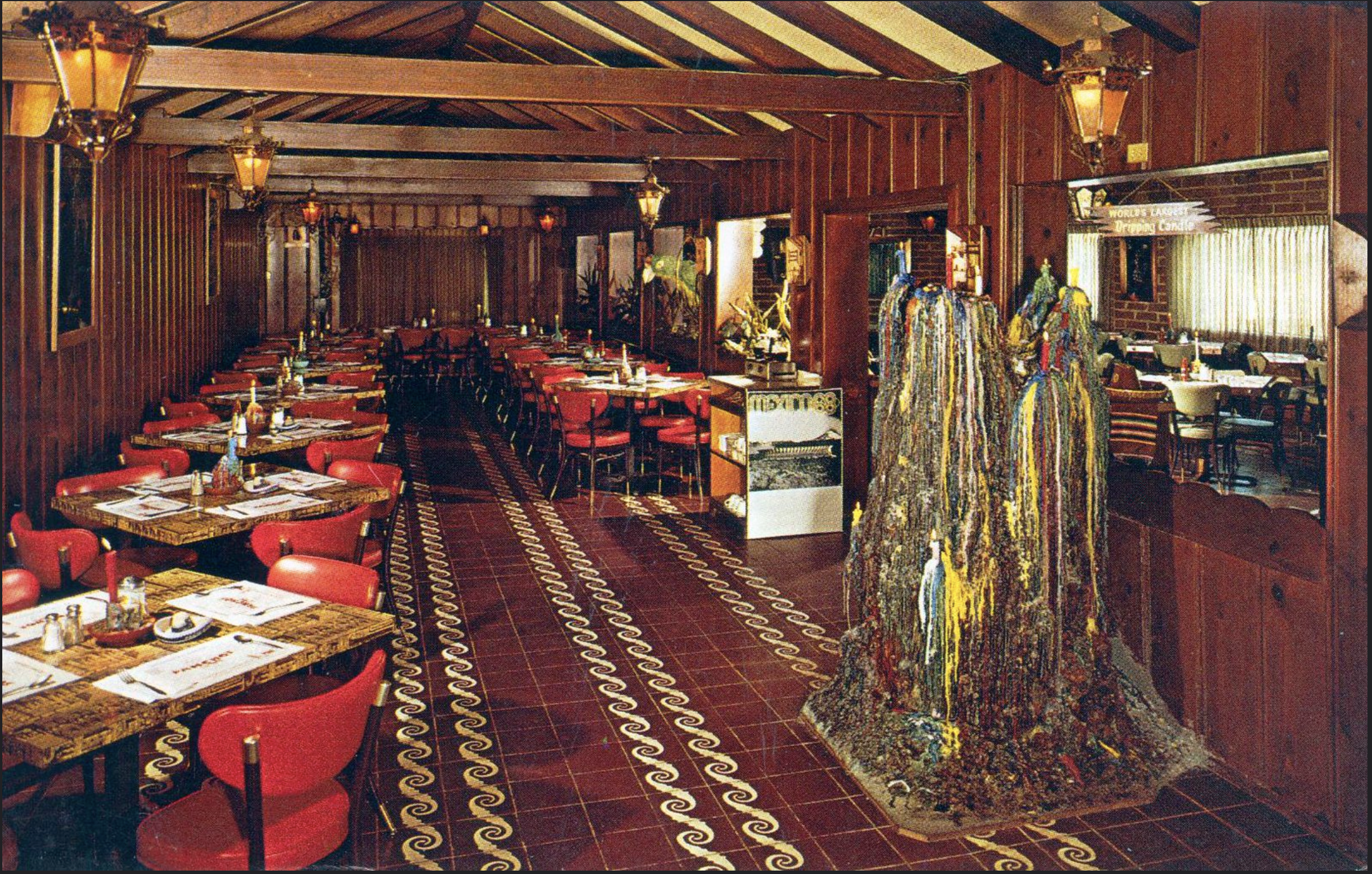

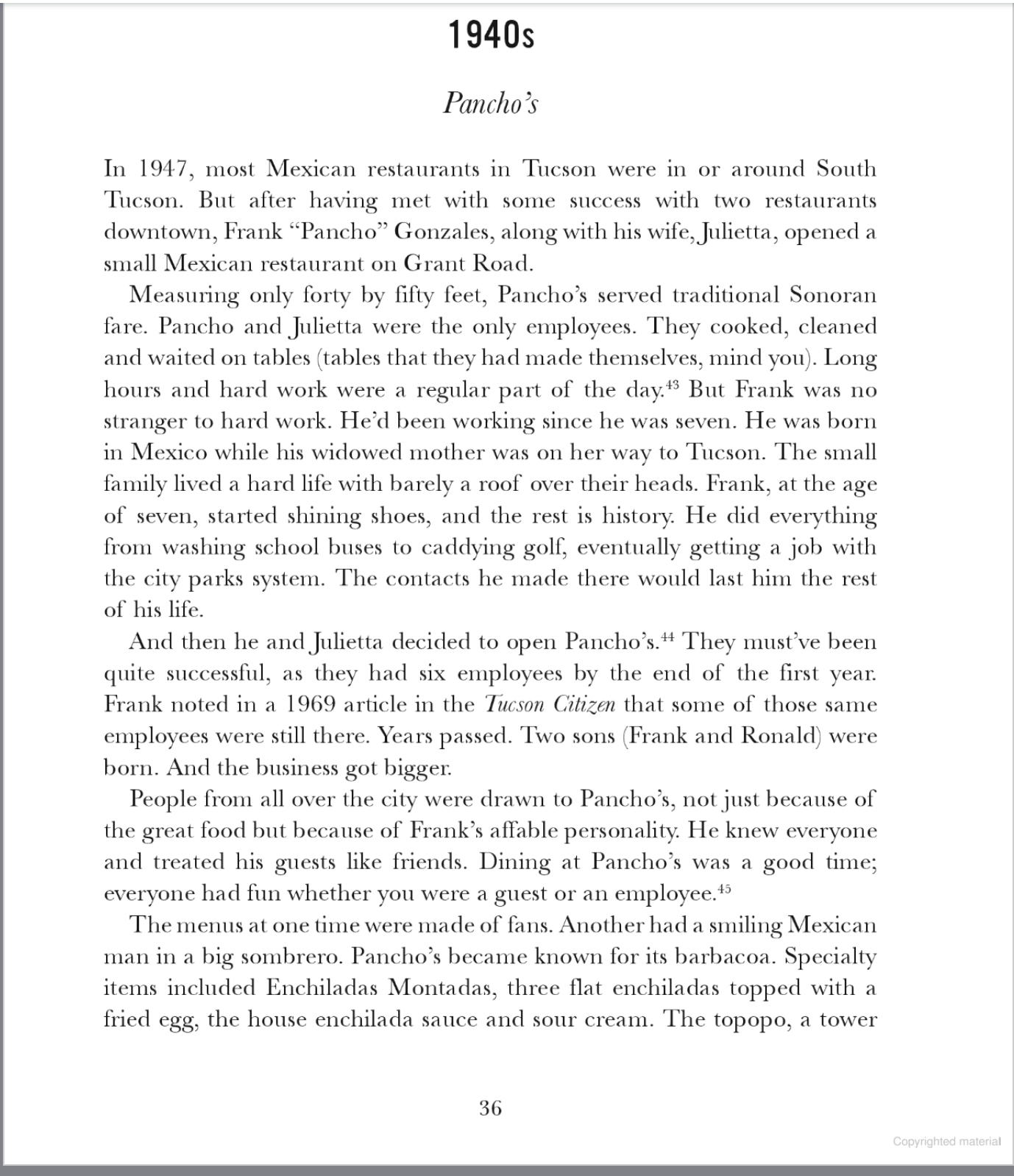
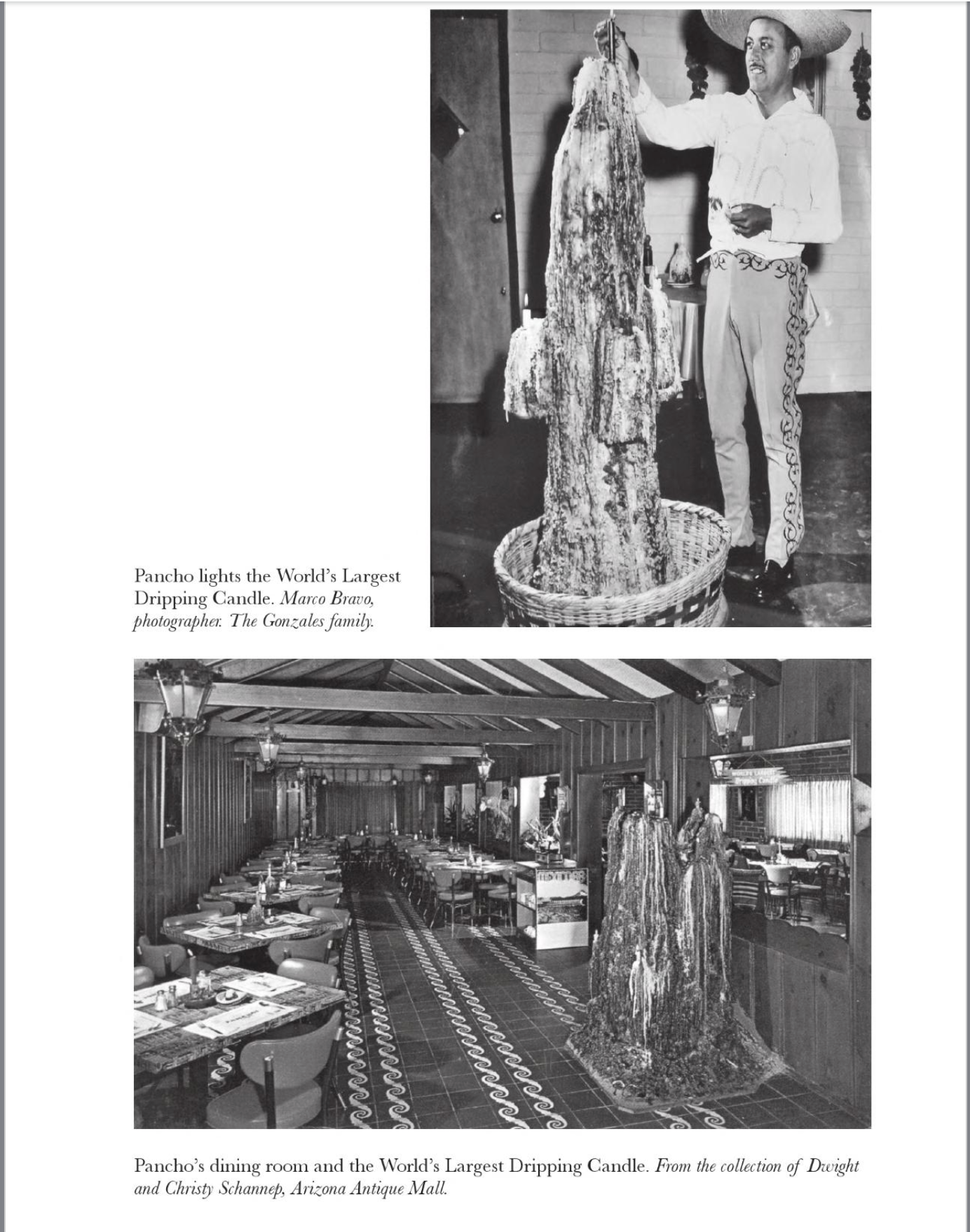
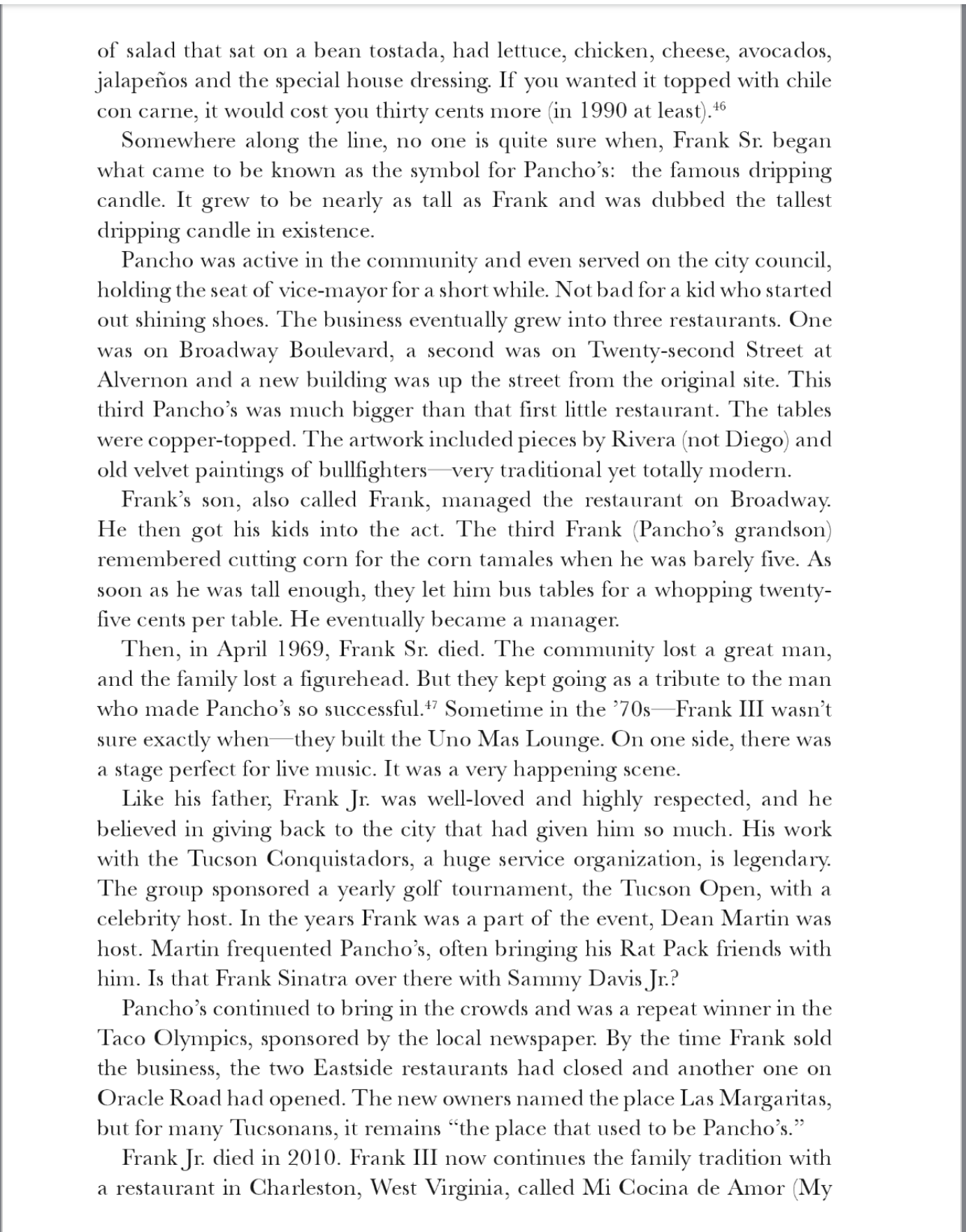

Posted By: Paul - Sun Jun 04, 2023 -
Comments (2)
Category: Excess, Overkill, Hyperbole and Too Much Is Not Enough, Restaurants, World Records, 1940s
June 3, 2023
Renske Quax, 2-year-old billiards prodigy
It's impressive that this kid could hold a cue stick well enough to hit the ball at the age of two, let alone sinking shots. That's more coordinated than the 2-year-olds I've known.I couldn't find any media references to him after 1953. So I'm assuming that he didn't grow up to be a billiards pro.

Miami Herald - Nov 13, 1952
Info from Life magazine (May 18, 1953):

Posted By: Alex - Sat Jun 03, 2023 -
Comments (3)
Category: Sports, Children, 1950s
Michael Lobel’s Trip-Tych
Ultra-spacey! But I can't learn anything about the artist, whose only solo album this is. If he's the same fellow, "Michael Lobel" was part of The Split Level.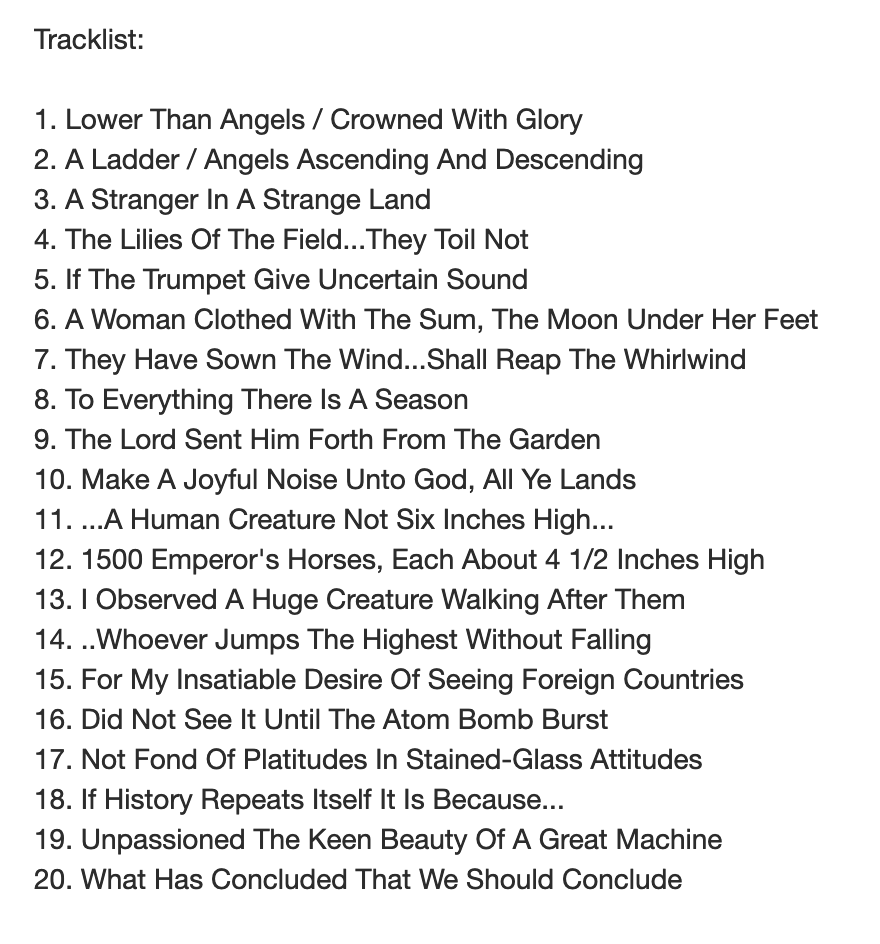
Posted By: Paul - Sat Jun 03, 2023 -
Comments (0)
Category: Music, Space-age Bachelor Pad & Exotic, Vinyl Albums and Other Media Recordings, 1970s
June 2, 2023
Hemo
This kid was seriously craving his Hemo fix.Strange name. Makes it sound like something blood-related, rather than a chocolate milk drink.

Posted By: Alex - Fri Jun 02, 2023 -
Comments (2)
Category: Food, Advertising, 1940s
Unlikely Reasons for Murder No. 14
Source: The Monitor (McAllen, Texas) 02 Nov 1960, Wed Page 1"I was sick and tired of having to ask for every nickel from my wife," was the reason retired film producer James Howlett gave Glendale police for trying to hire a man to murder his 78-year-old wife.
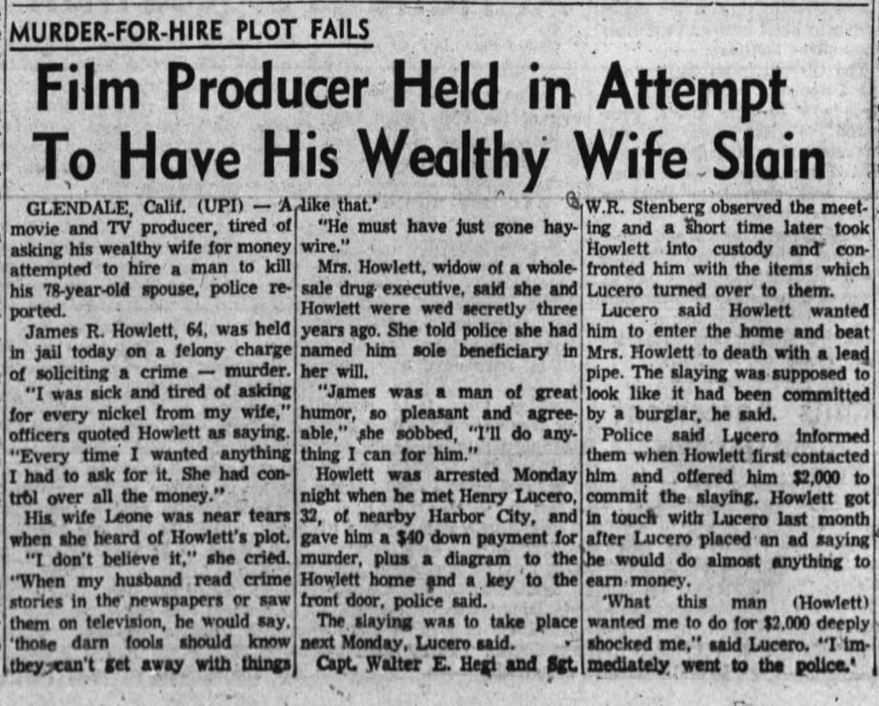
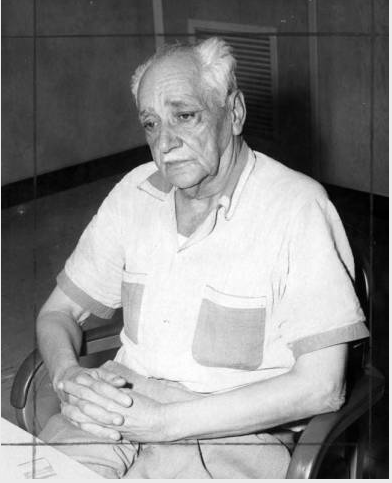
Posted By: Paul - Fri Jun 02, 2023 -
Comments (3)
Category: Death, Stupid Criminals, Husbands, 1960s
June 1, 2023
The Date Hat
Edward Oliveira of Newport, Rhode Island was granted a patent (#2,749,555) in 1956 for a "date hat". His idea was that, by wearing the hat, a young woman could display whether she was available for a date on a specific day. From the patent:
I can see a problem with this concept. Would a young woman really want to publicly display that no one had asked her out?
Also, had Oliveira attempted to get dates by systematically asking out every girl in his school? Thus leading to his frustration that there was "not sufficient time to talk to every available girl to determine their date status."
Posted By: Alex - Thu Jun 01, 2023 -
Comments (3)
Category: Patents, Headgear, 1950s, Love & Romance
The 3-D Film Archive
The whole brief fad of 3-D movies was a very weird moment in cinematic history. Luckily for us, there's a man and a site that works to preserve and sell such films. Make a visit to THE 3-D FILM ARCHIVE. Lots of fascinating history there.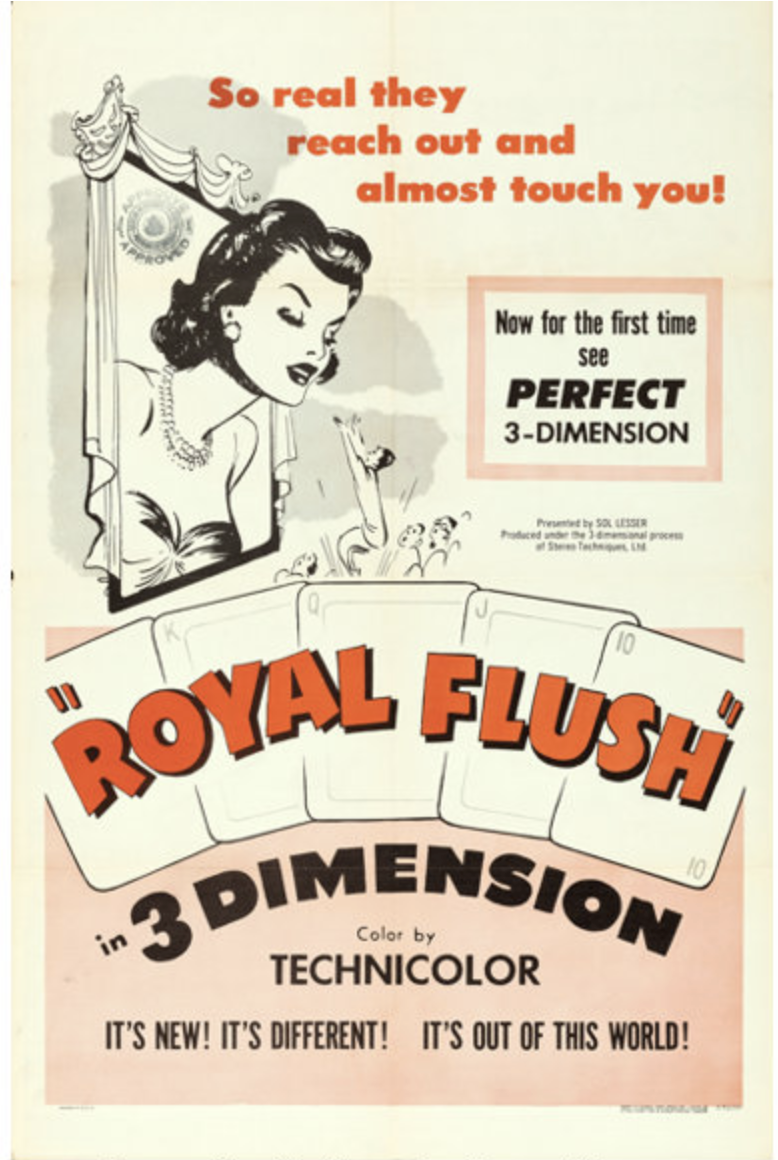
Posted By: Paul - Thu Jun 01, 2023 -
Comments (3)
Category: Fads, Movies, Technology, 1950s
| Get WU Posts by Email | |
|---|---|

| Who We Are |
|---|
| Alex Boese Alex is the creator and curator of the Museum of Hoaxes. He's also the author of various weird, non-fiction books such as Elephants on Acid. Paul Di Filippo Paul has been paid to put weird ideas into fictional form for over thirty years, in his career as a noted science fiction writer. He has recently begun blogging on many curious topics with three fellow writers at The Inferior 4+1. Chuck Shepherd Chuck is the purveyor of News of the Weird, the syndicated column which for decades has set the gold-standard for reporting on oddities and the bizarre. Our banner was drawn by the legendary underground cartoonist Rick Altergott. Contact Us |

